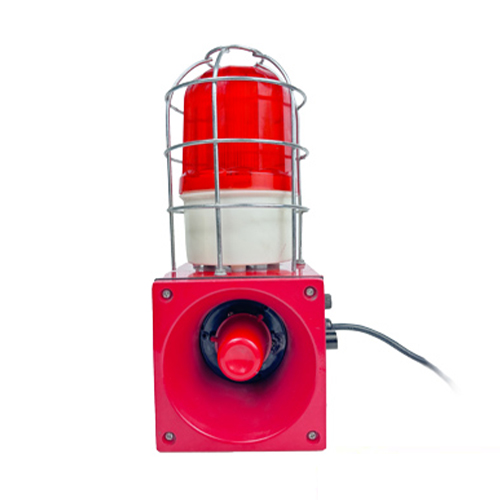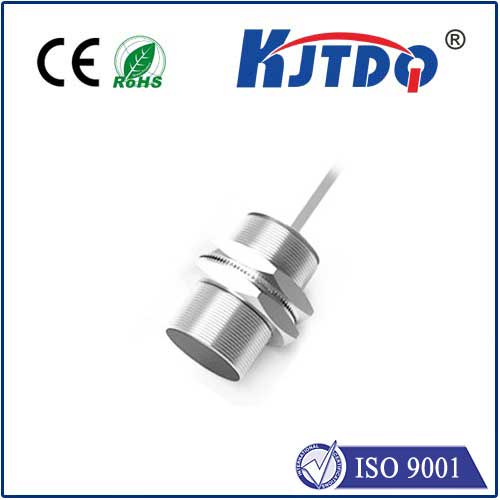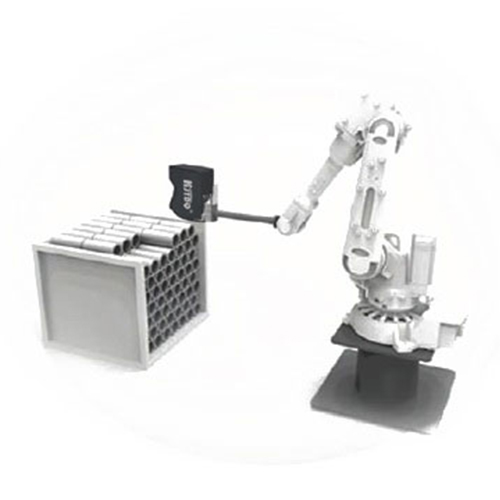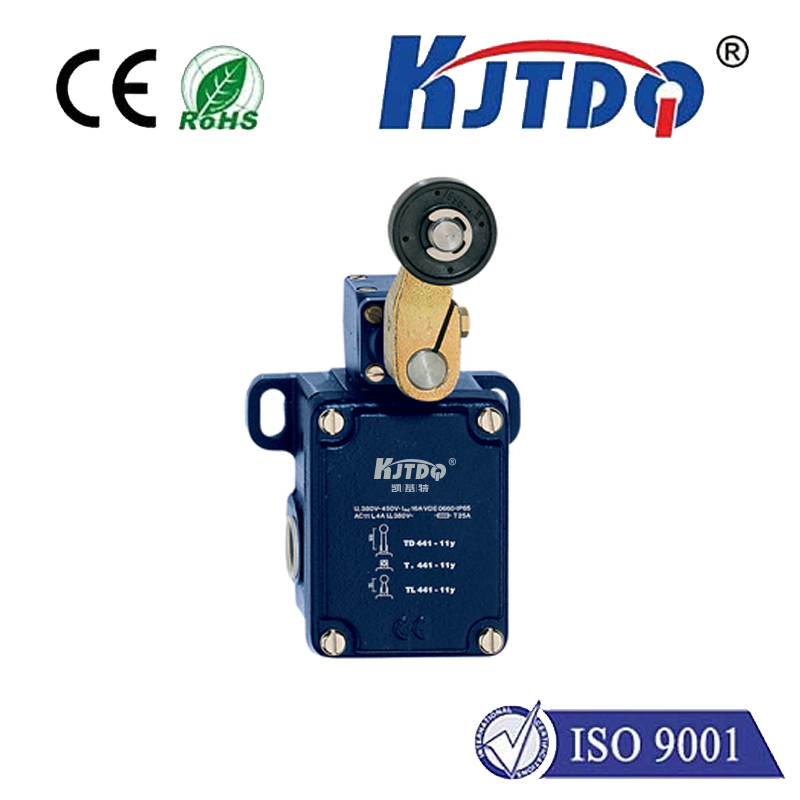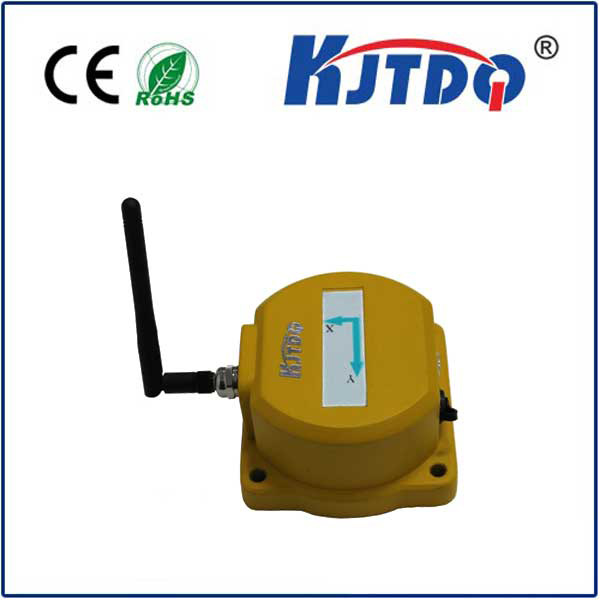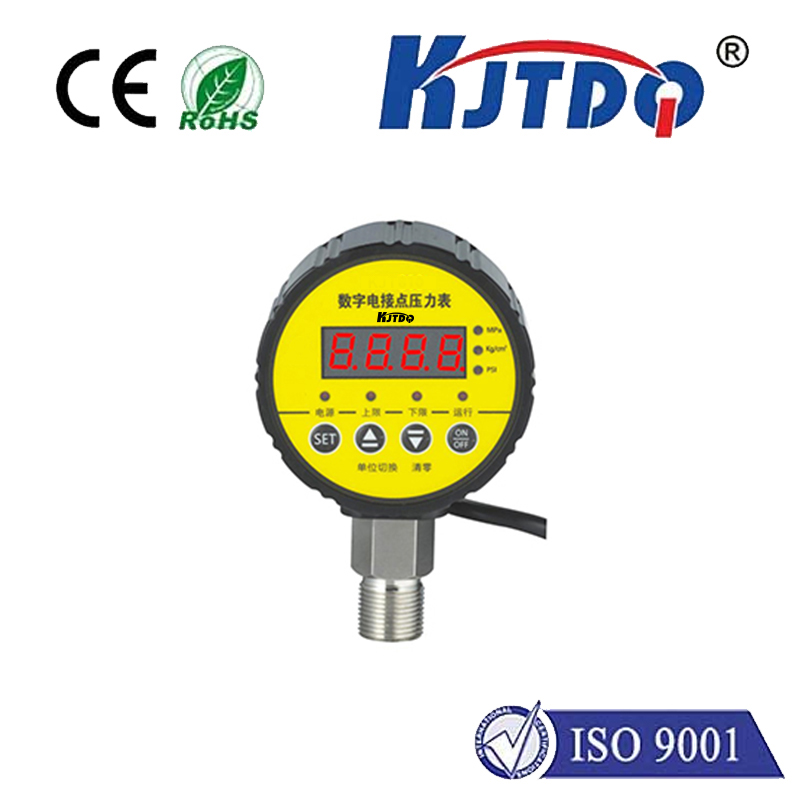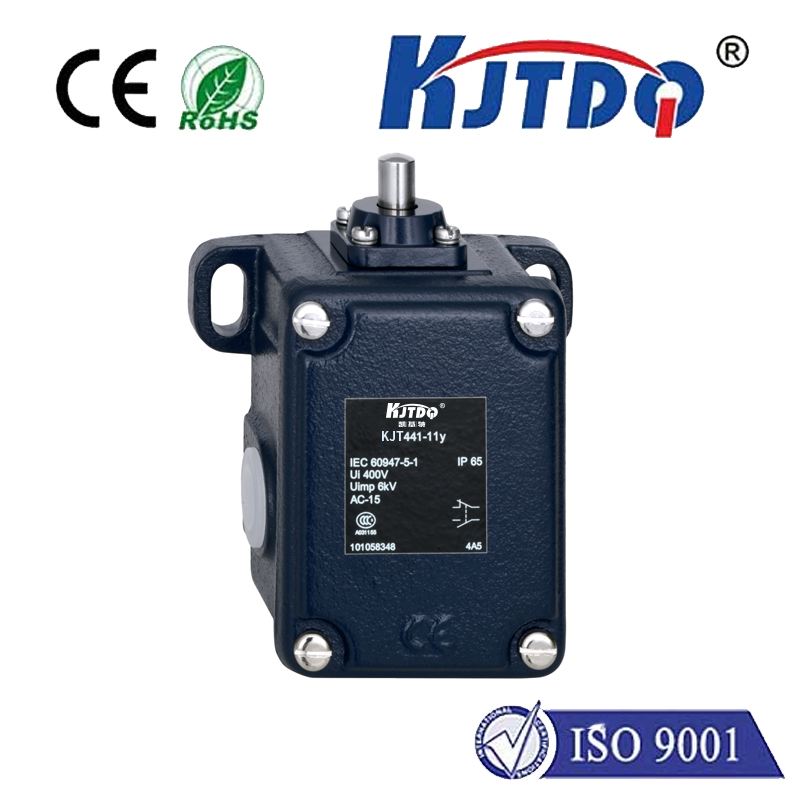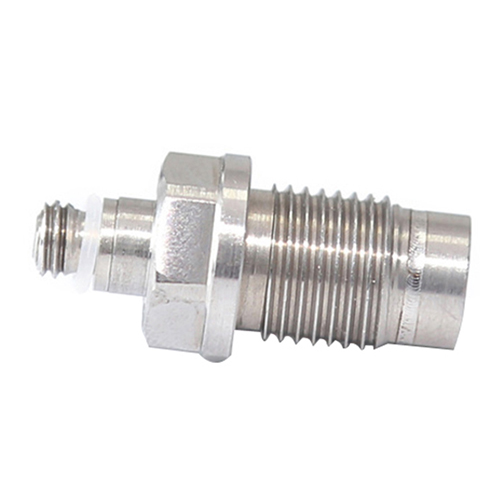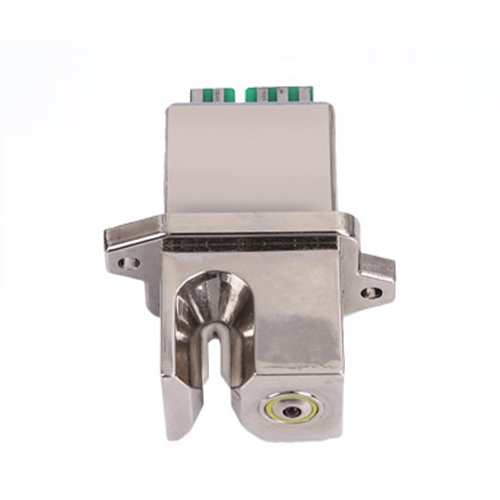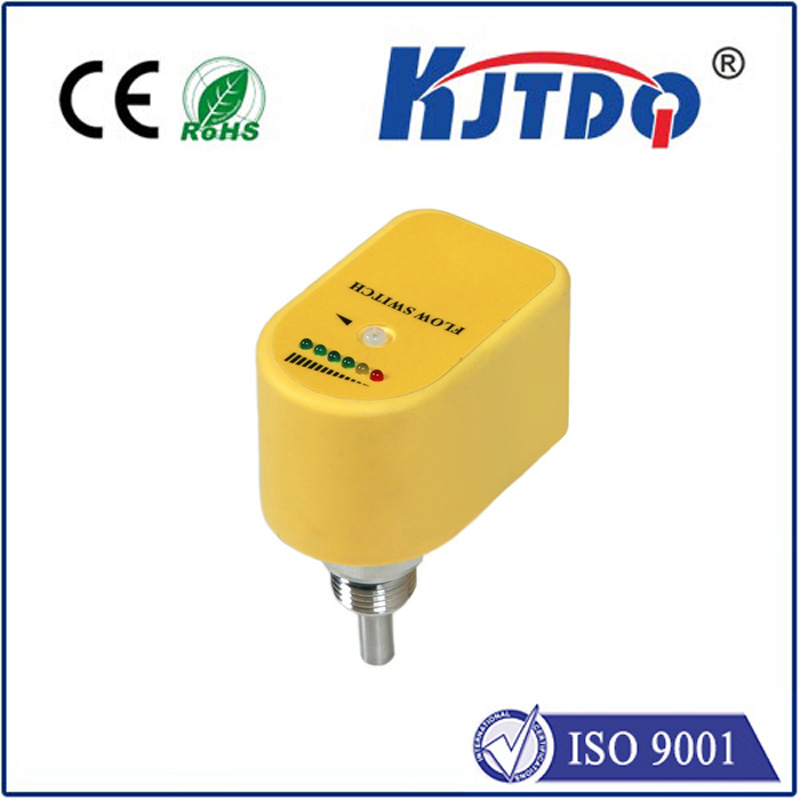retro reflective photoelectric sensors transparent
- time:2025-09-12 04:29:44
- Click:0
Seeing the Unseen: Mastering Transparent Object Detection with Retro-Reflective Photoelectric Sensors
Detecting something you can see straight through – glass bottles, plastic films, crystal-clear packaging – presents a unique headache in automation. Traditional sensing methods often falter when faced with transparency. That’s where retro-reflective photoelectric sensors, specifically engineered for this challenge, step into the spotlight. They offer a sophisticated and often elegant solution for reliably sensing materials that defy conventional detection.
The Core Challenge: Why Transparent Objects Trick Sensors
The fundamental dilemma with transparent objects is their interaction with light. Most photoelectric sensors rely on light either being blocked (diffuse and through-beam modes) or reflected back (retro-reflective mode) by the target object.
- Diffuse Sensors: Emit light and detect what bounces back directly from the target. Clear objects allow most light to pass through, reflecting minimal amounts – often below the sensor’s reliable detection threshold.
- Through-Beam Sensors: Use separate emitter and receiver units. Transparency allows light to pass through the object largely unattenuated, meaning the receiver still “sees” the beam, failing to recognize the object’s presence. They only work if the object significantly refracts or blocks the beam, which thin clear materials often don’t.
- Standard Retro-Reflective Sensors: Rely on a reflector bouncing the beam directly back to the receiver built into the sensor head. Here lies the core issue for transparency: clear objects don’t block the emitted light effectively enough to create a detectable interruption. The light beam typically passes through the object, hits the reflector, and returns through the object again, making the sensor “blind” to its presence.
The Role of Retro-Reflective Sensors in Transparent Detection
So, how can retro-reflective sensors overcome this inherent challenge? The answer lies not in a fundamental change to the basic principle, but in sophisticated adaptations designed to exploit even the subtle interactions light does have with transparent materials:

- Polarized Light & Filters:
- The Crucial Technique: Standard retro-reflective sensors often use polarized light. The emitter sends out light waves oscillating in a specific plane (e.g., vertically). The reflector is typically a special corner-cube type or polarization-retentive reflector designed to rotate the polarization angle by 90 degrees (e.g., to horizontal) upon reflection.
- The Sensor Advantage: The receiver inside the sensor head has a polarizing filter aligned orthogonally (crossed) to the emitter’s filter. Only light that has had its polarization plane rotated by 90 degrees (i.e., light returning from the reflector) can pass through this receiver filter and be detected. Background reflections (from shiny surfaces, glass, etc.), which usually don’t perfectly rotate polarization, are significantly suppressed.
- Beating Transparency: While a transparent object itself might not block much light, its surfaces do cause reflections. Crucially, the smooth surfaces of glass or plastic reflect light without significantly rotating its polarization state. This unwanted surface reflection (maintaining the emitter’s polarization) is blocked by the receiver’s crossed filter. However, when the transparent object interrupts the beam path, it prevents the correctly polarized reflection from the distant reflector from reaching the sensor. This drop in the expected strong polarized signal is what triggers detection, even though the object itself is largely invisible to the light. Polarization filtering makes retro-reflective sensors uniquely resistant to false triggers from the object’s own reflections.
- Enhanced Optical Design & Sensitivity:
- Focus & Precision: Sensors designed for transparent detection often feature highly focused beams and optimized optics. This minimizes beam spread, maximizing the energy available at the reflector and improving the signal-to-noise ratio. When even a slight interruption occurs, the drop in returned light is more pronounced relative to ambient noise.
- High Sensitivity Adjustment: These sensors incorporate wide-ranging or highly precise sensitivity adjustments. This allows fine-tuning to detect the minimal interruption caused by very thin or highly transparent materials, distinguishing it from natural signal variations or minor dust.
Specialized Reflectors: Using high-intensity retro-reflective tape or rigid reflectors ensures the strongest possible return signal. This provides a robust baseline signal, making the interruption caused by the transparent object more significant and detectable by the sensor’s electronics.
Application-Specific Settings: Many models include modes or algorithms optimized for specific transparent object types (thin film, clear bottles), further enhancing reliability.
Key Advantages of Retro-Reflective Sensors for Transparent Objects
- Simplicity of Installation: Requires wiring only at the sensor head, unlike through-beam which needs wiring at both ends. The reflector is passive and requires no power or connection.
- Cost-Effectiveness: Generally less expensive than a paired emitter/receiver through-beam setup.
- Reliability with Polarization: The polarized retro-reflective design provides exceptional immunity to false triggers from reflections off the transparent object itself or surrounding shiny surfaces, a critical advantage.
- Robust Detection: Capable of reliably detecting a wide range of transparent objects, from thin films to thick glass, when correctly selected and configured.
- Long Sensing Ranges: Offer longer ranges compared to diffuse sensors, providing flexibility in mounting.
Critical Considerations for Success
While powerful, retro-reflective sensors for transparent objects demand careful implementation:
- Alignment: Precise alignment between the sensor and the reflector is paramount, especially at longer ranges or with focused beams. Misalignment drastically reduces signal strength, impacting reliability.
- Sensor/Reflector Choice: Selecting a sensor explicitly rated for transparent object detection is crucial. Ensure the reflector type is compatible, and high-quality.
- Optics Cleaning: Dust, dirt, or condensation on the sensor’s lens or the reflector surface will significantly degrade performance. Regular maintenance is essential.
- Surface Reflections & Background: While polarization helps immensely, extremely bright or complex reflective backgrounds directly behind the target path can sometimes cause issues. Sensor mounting angle can often mitigate this.
- Object Characteristics: The effectiveness can vary depending on the material’s exact transparency, thickness, curvature, and surface finish. Sensor selection guides and testing are vital.
Where They Shine: Applications
Retro-reflective photoelectric sensors are the go-to solution for transparent object detection across numerous industries:
- Packaging: Detecting presence/absence of clear bottles, jars, tubes, and blister packs on conveyor lines; verifying shrink-wrap film; counting clear containers.
- Beverage & Food: Monitoring fill levels in transparent bottles/tanks (position); detecting glass breakage; verifying lid placement on jars.
- Glass & Plastics Manufacturing: Sensing sheets of glass or acrylic during cutting, tempering, or transport; verifying presence of windows or lenses.
- Printing & Converting: Detecting transparent films during lamination, coating, or slitting; verifying film splice positions.
- Electronics: Sensing clear protective films on components, detecting LCD panels, verifying presence of transparent touchscreens.
- Automation: Position verification of clear objects on robotic assembly lines; monitoring gates or barriers made of clear materials.
Conclusion: The Clear Choice for the Invisible
Detecting the transparent need not be a murky affair. While challenging, retro-reflective photoelectric sensors, particularly those leveraging polarized light technology, provide a remarkably effective and practical solution. By exploiting the subtle interaction between polarized light and the object’s position relative to the reflector, they transform an “invisible” obstacle into a reliably detectable event. **Understanding their operating principle – especially the critical role of polarization filtering in rejecting surface reflections – and adhering to best practices for installation






